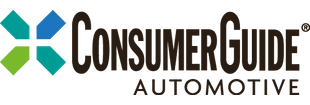| Compact SUV; Built in England |
|
|
| Good condition price range: $3,000 – $7,300* |
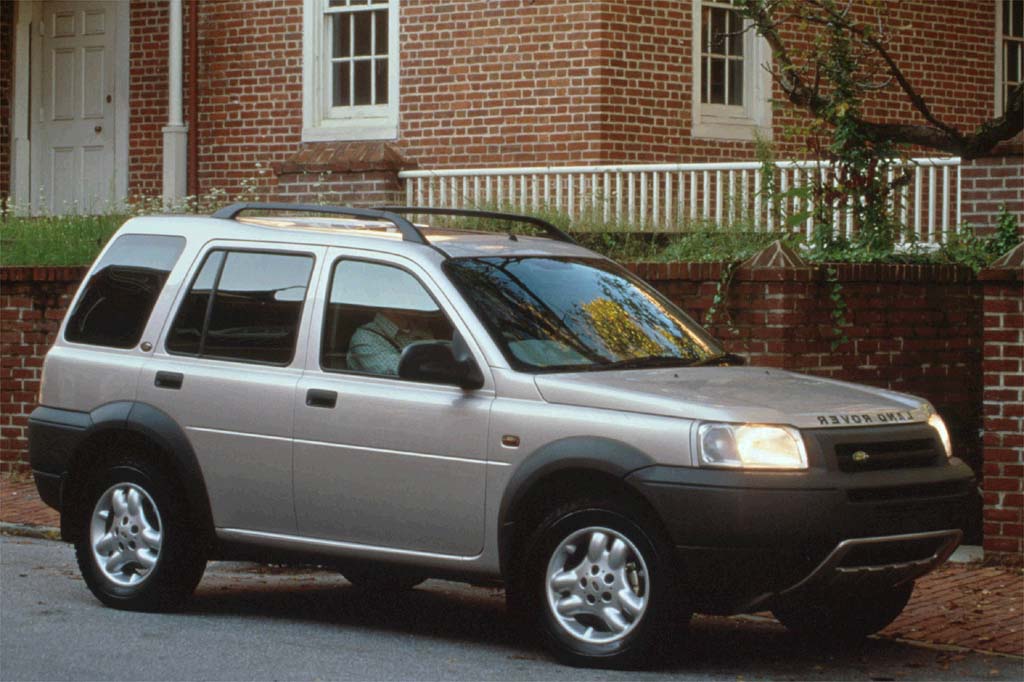
2002 Land Rover Freelander 4-door wagon
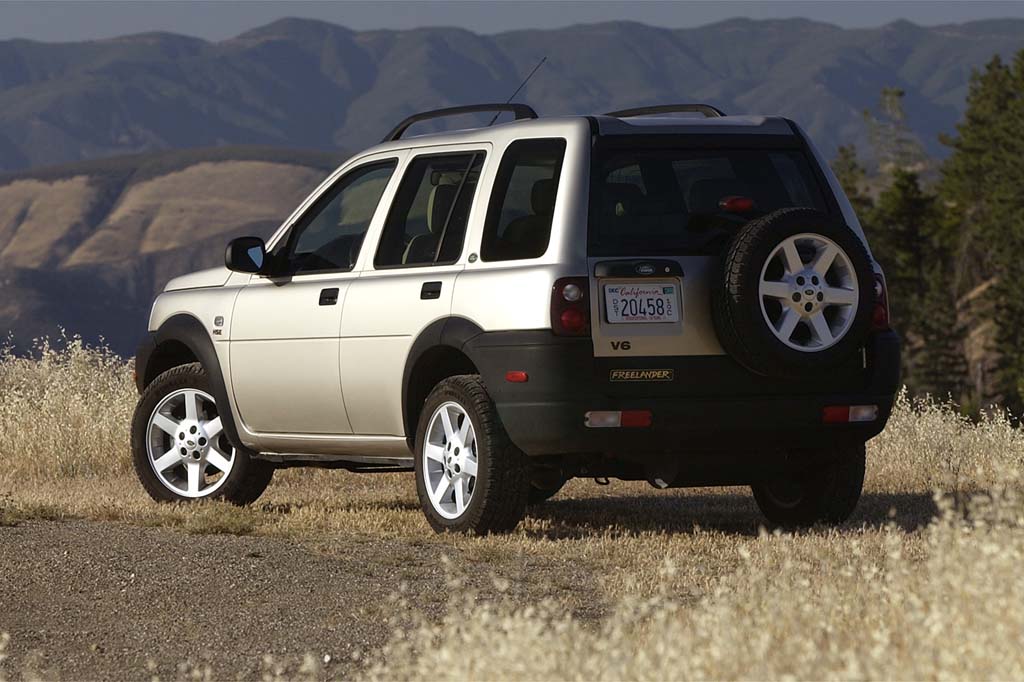
2003 Land Rover Freelander 4-door wagon
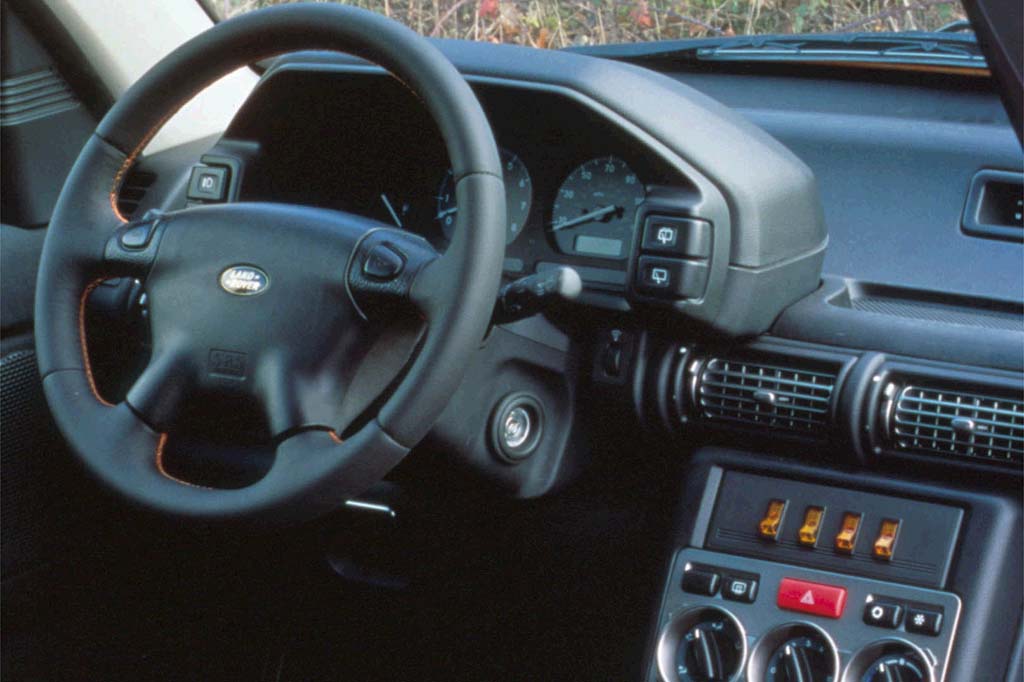
2002 Land Rover Freelander interior
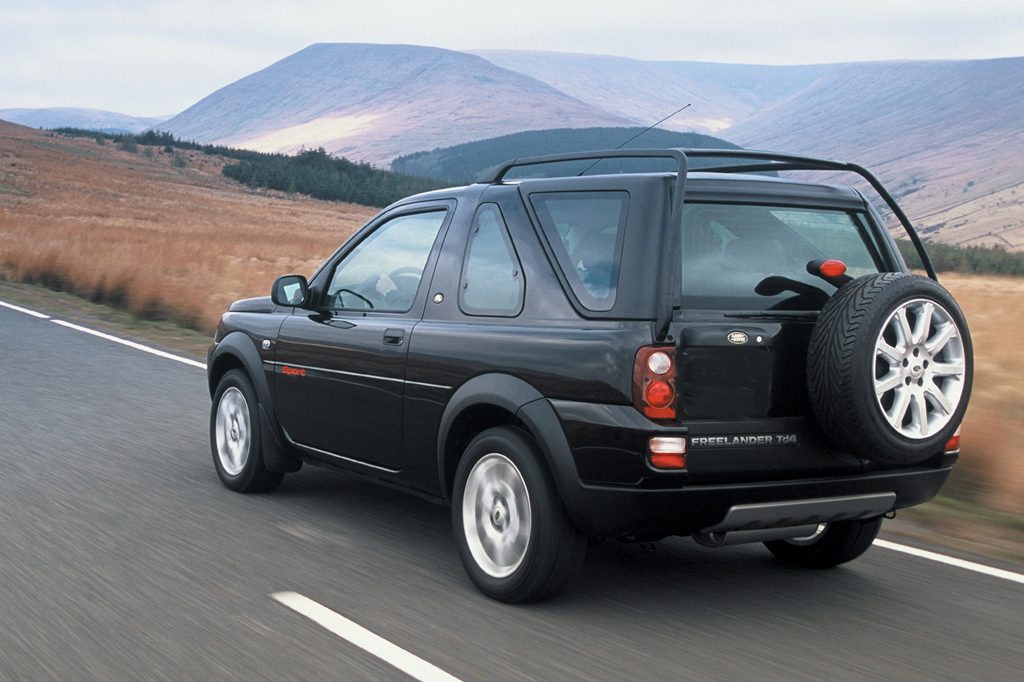
2004 Land Rover Freelander SE3 2-door wagon
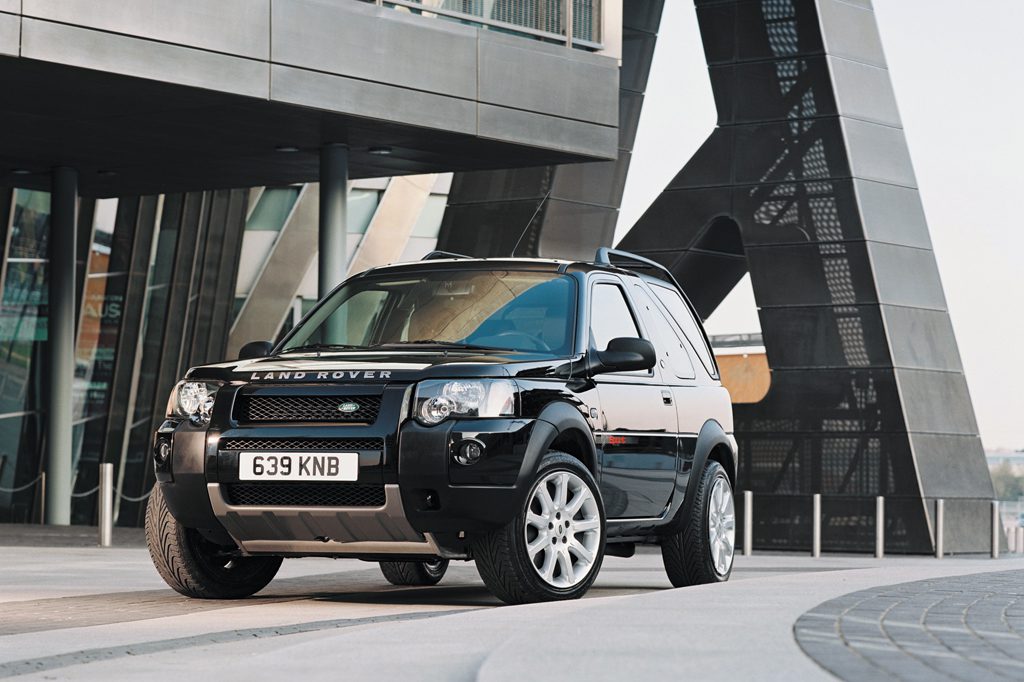
2004 Land Rover Freelander SE3 2-door wagon
| Pros: |
|
| Cons: |
|
Freelander may be faulted for premium pricing, prosaic interior decor, and awkward details–like the debatable design of the rear-seat releases. For the SE3, add poor rear visibility and entry/exit. At the same time, Land Rover deserves credit for making its compact model solid, comfortable, and competent. Overall, however, its key asset is whatever cachet the Land Rover image conveys.
Overview
Land Rover launched its first compact SUV as a 2002 model. Like the British luxury 4×4 maker’s other vehicles, the big Range Rover and midsize Discovery, the Freelander was built in England.
Unibodied in construction, the new four-door wagon used a 175-horsepower V6 engine and five-speed automatic transmission. All-wheel drive was standard. It lacked low-range gearing, but incorporated traction control and hill descent control, designed to limit speed down steep grades.
Antilock braking was standard, but side airbags were unavailable. Base S, SE, and top-line HSE models were offered. Standard on SE and HSE were leather upholstery and 17-inch wheels, versus 16s. The HSE included a voice-prompt navigation system, plus a sunroof that was optional on the SE.
Rivals include the slightly smaller Ford Escape/Mazda Tribute and the Honda CR-V. Land Rover is owned by Ford Motor Company.
Yearly Updates
| 2003 Freelander Addition of a two-door “open-air” wagon headlined changes to Land Rover’s entry-level SUV for 2003. Named the SE3, for its two side doors plus a rear hatch, the new model was the same size as Freelander’s four-door wagon. Unlike the four-door, it had two removable roof panels over the front seats, and a removable hardtop over the rear seats and cargo area. All Freelanders had a class-exclusive power up/down rear window in a swing-out cargo door. The SE3 came in a single trim level that included 17-inch wheels and an uplevel audio system with steering-wheel-mounted controls. Vinyl-and-fabric upholstery was standard; leather optional. Newly standard on all Freelanders for 2003 were bodyside moldings and LATCH child-seat anchors. This year’s fuel tank held 16.9 gallons rather than 15.6. |
| 2004 Freelander New front styling and a revised interior marked the 2004 models. Instruments, controls, door panels, and seats were modified. The S wagon was dropped, leaving only SE and HSE models, both with leather upholstery. New standard equipment included roof rails, tinted windows, and an in-dash CD changer. Land Rover also offered the SE3 semi-convertible. All models now had 17-inch wheels. |
| 2005 Freelander No changes and an abbreviated lineup marks 2005 for Land Rover’s Freelander. |
